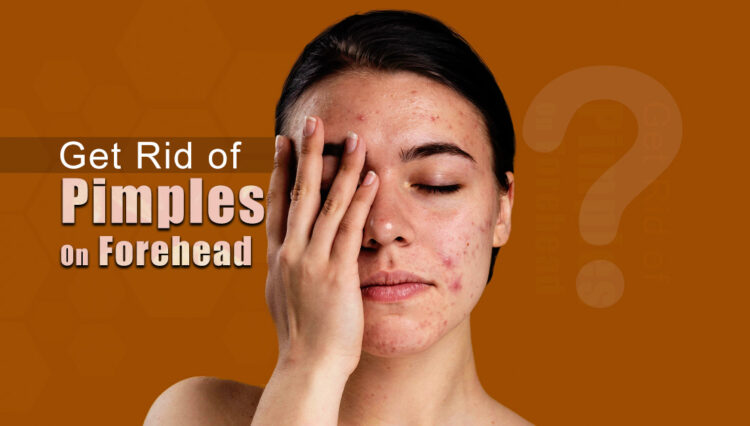How to Get Rid of Bumps on Forehead
Do you know how to get rid of Bumps on the forehead? When small glands under the skin’s surface get clogged, people might develop forehead acne and pimples. Acne most often appears on a person’s forehead, although it may appear elsewhere on the body.
Acne is often caused by hormonal fluctuations, stress, and poor hygiene. Although the condition poses no significant health hazards, it may seem ugly to some individuals, causing pain.
This post will look at what causes acne and pimples on the forehead and how to cure and avoid them.
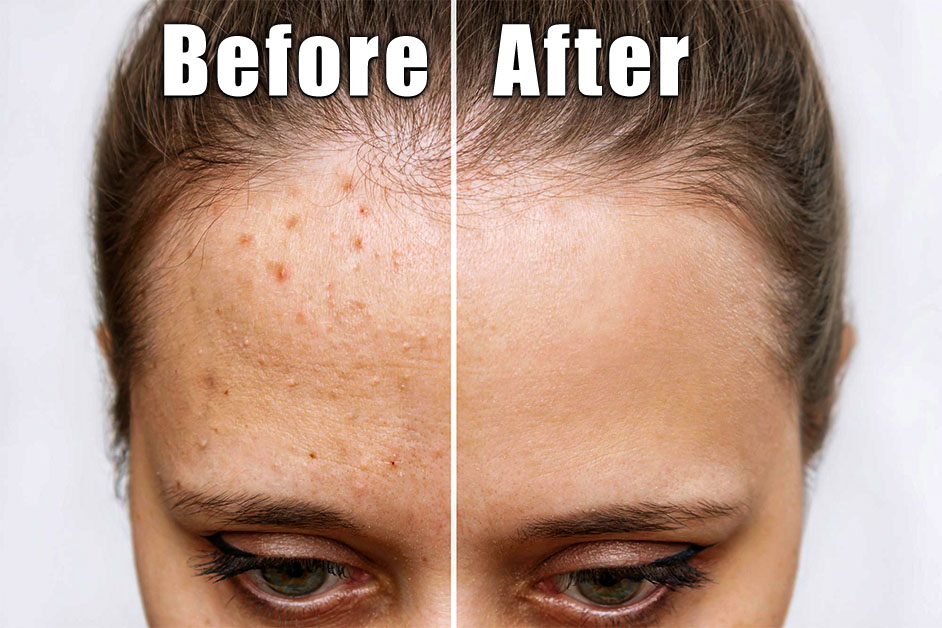
What Do Pimples On The Forehead Indicate?
Pimples on the forehead are linked to hormonal changes in the body, but they may also be the consequence of poor skin and hair care practices. It may be treated with over-the-counter medications, natural therapies, and in-office procedures.
How To Get Rid Of Bumps On The Forehead at Home?
To suppress and relieve acne blemishes on the forehead, consider the following home treatments, but only if they are light.
Before applying these solutions to your forehead, do a patch test on the underside of your arm. This ensures that you are not allergic to any of the ingredients in the solution and won’t become sick from it.
Cinnamon with honey
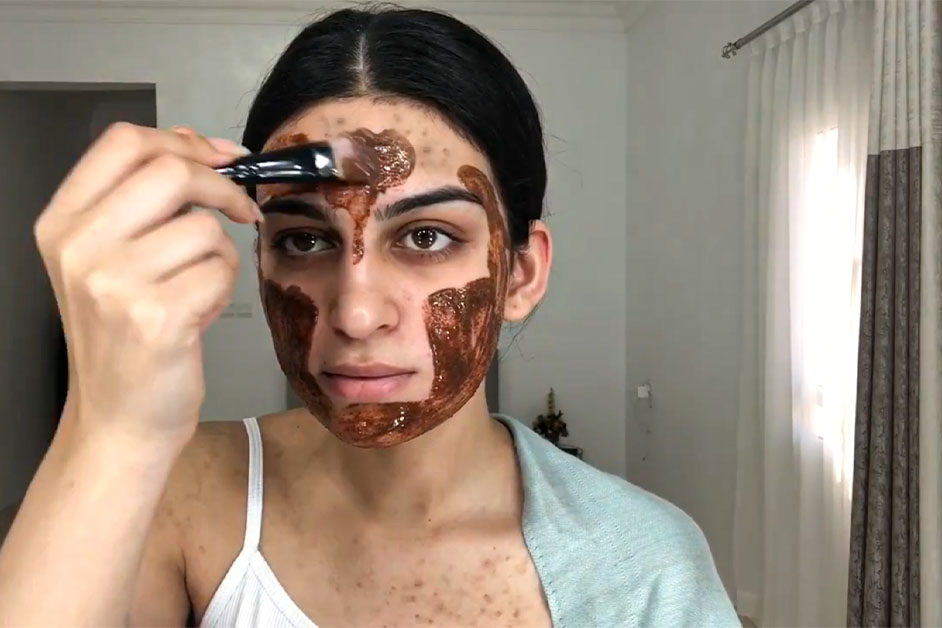
Honey is high in skin-healing ingredients that have antibacterial and anti-inflammatory qualities. This medication will help relieve your bump while also fighting the infection that produced it in the first place.
How to apply:
- To make a paste, combine two tablespoons of honey and one teaspoon of cinnamon or turmeric.
- Cleanse the diseased skin gently.
- Apply the mixture to the afflicted region and wait a few minutes.
- Rinse it well.
Scrubs with orange peel
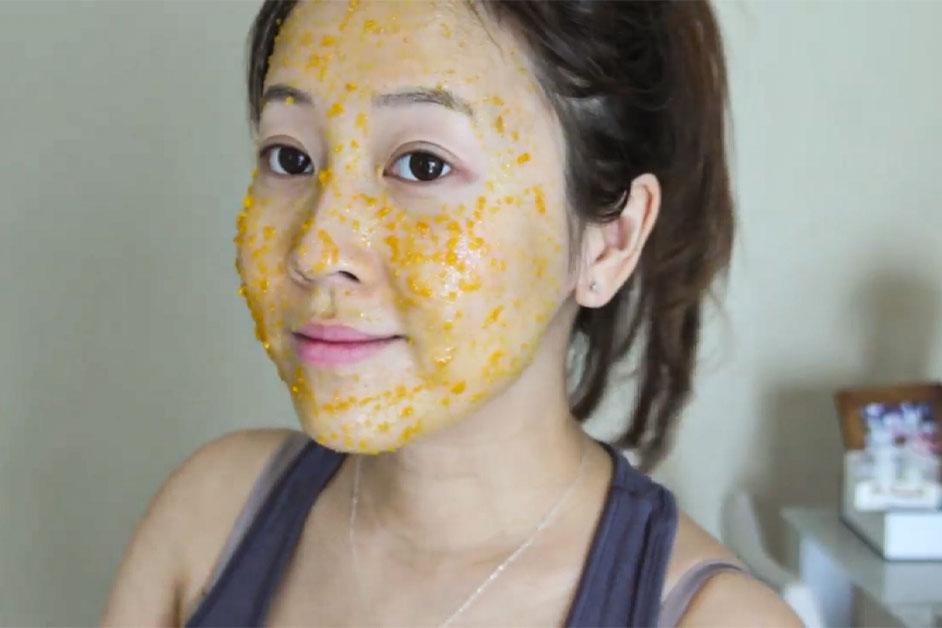
As we all know, orange peel has a high amount of vitamin C, a potent antioxidant that aids skin regeneration. It does so by inducing the creation of collagen, the essential structural protein involved in the formation of new skin cells to replace those destroyed.
Raw lentils or walnuts, crushed to a fine powder, give the granular impact in this cure.
How to apply:
- Combine orange peel paste with uncooked ground lentils or walnuts in a mixing bowl. To thicken the mixture, add additional oats or sandalwood powder.
- Using soft circular movements, massage the paste into your forehead or all over your face.
- Apply it for 5 minutes before rinsing it off.
Neem masks or rinses
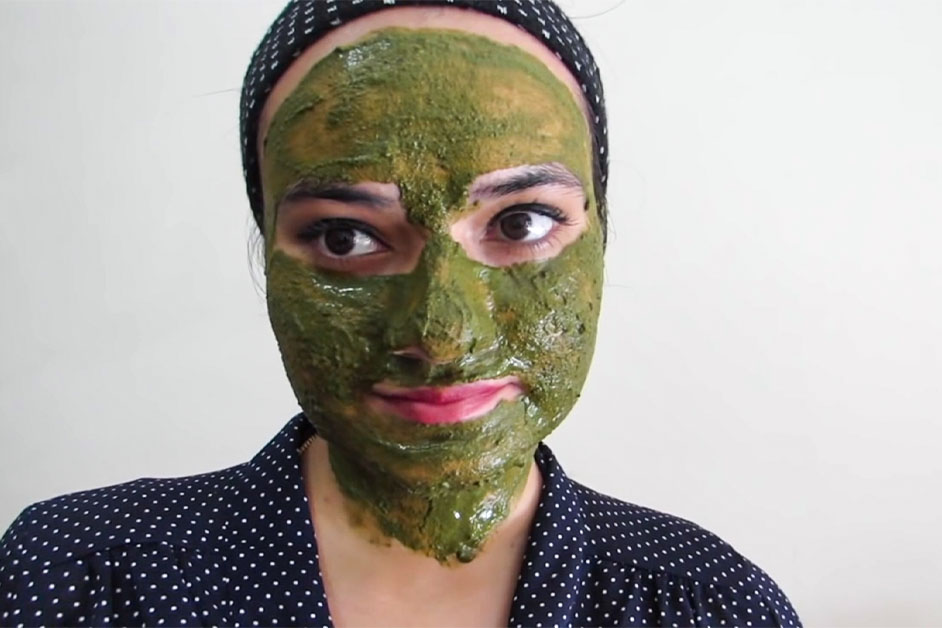
Neem is a well-known antiseptic.
How to apply:
- Boil neem leaves in water to make a rinse.
- Mix neem powder with honey, aloe vera gel, or just water to make a paste.
- Neem oil may also be used to cure spots.
Aloe vera gel

Anti-inflammatory aloe vera gel may help reduce swelling and redness in and around your pimples. It’s also high in antioxidants, which may help with skin repair.
How to apply:
- Extract aloe vera gel from a fresh-cut leaf and apply it to the pimple immediately.
- Aloe vera gel may also be mixed with a pinch of turmeric powder to produce a paste for spot therapy.
Powdered turmeric
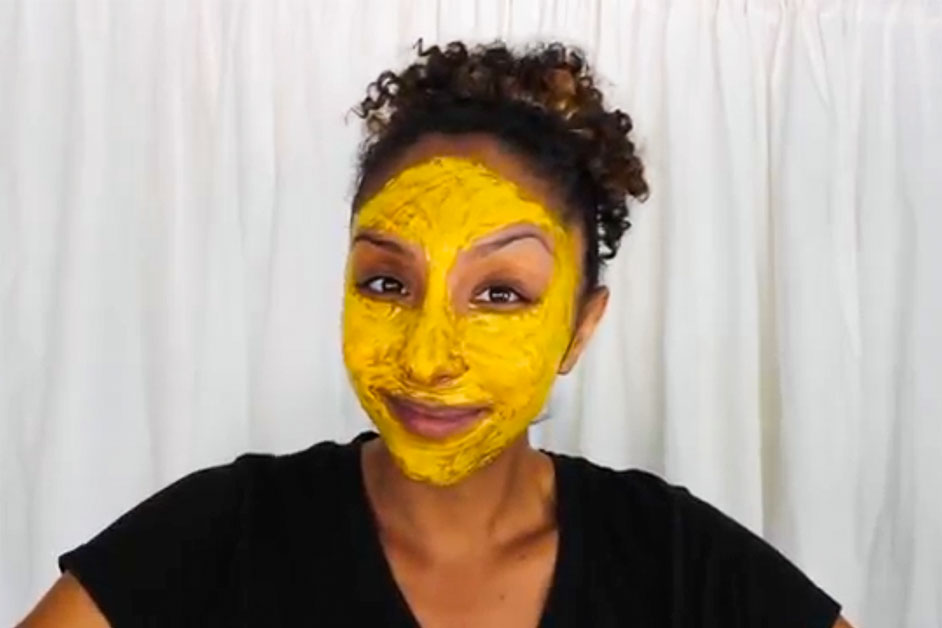
Turmeric has broad-spectrum antimicrobial action, which may be traced back to curcumin, its main bioactive component. As a result, turmeric may aid in the killing of acne-causing bacteria, helping your pimples to fade quicker.
Turmeric also has anti-inflammatory qualities, which aid in reducing bumps and relieving pain or soreness surrounding them.
How to apply:
- Make a thick paste with a few drops of water and turmeric powder.
- Directly apply the paste to the diseased region.
- Wash it off when it has dried.
Masks are made with kaolin clay
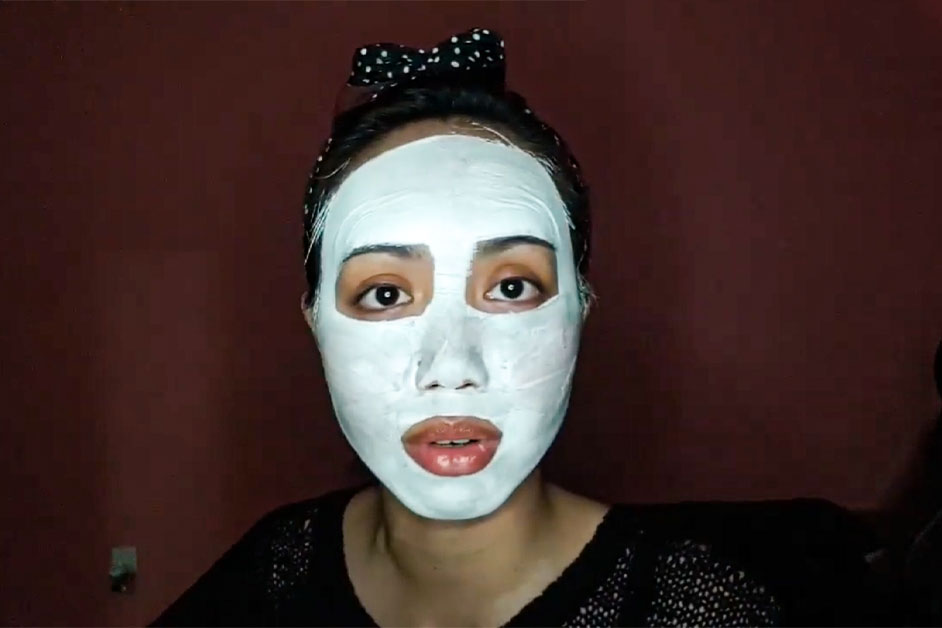
Kaolin clay masks purify your skin by pulling out the pollutants that have accumulated inside your pores. They also exfoliate the surface of your skin, allowing it to breathe and renew.
How to apply:
- To form a thick, lump-free paste, combine 1–2 teaspoons of kaolin clay, rose water, and an exfoliating ingredient like yogurt or honey.
- Apply the mixture to the afflicted area and massage it gently for 1–2 minutes.
- Rinse it off.
Apply cold compresses
For immediate comfort, a cool compress might help lessen the pain and swelling of your bump. The use of cold reduces the underlying blood vessels, reducing blood flow to the region and reducing inflammation.
How to apply:
- At home, make a cold compress by wrapping ice cubes in a thin towel or cotton rag. You may also get the job done using a clean bag of frozen veggies, ice gel packs, or even cold spoons (nothing sharp).
- Apply the compress for no more than 1 minute to the afflicted region.
- Wait 5 minutes before applying it again for another minute if necessary.
What Causes Pimples on Your Forehead?
The most common causes of forehead pimples are oily skin and hormonal changes in the body, such as PCOD and irregular periods. These aren’t the only two possibilities for why you’re acquiring acne on your forehead.
Dandruff
If you have dandruff or a flaky scalp, it’s likely falling on your face and producing pimples on your forehead. A trichologist should be consulted if you have dandruff.
Severe oiliness on the scalp
People who have a natural oil scalp or apply too much oil to their scalp might have forehead acne because their sebaceous glands are blocked.
Bad hygiene habits
Other significant no-nos are not washing your face often and allowing sweat to dry on your face.
Pore-blocking cosmetics
Occlusive items, such as improper cosmetics or lotions may clog the glands and create pimples on the forehead.
Anxiety
Stressful lives and inconsistent sleeping habits may also cause pimples on the forehead.
Hairstyling supplies
Hair products such as gel, mousse, conditioners, and leave-on hair treatments mingle with sweat and flow from the scalp to the forehead, carrying germs with them.
Constrictive headgear
Wearing tight hats, bandanas, and helmets leaves little to no room for air to reach the region, resulting in pimples.
Conclusion
Now you may have an idea about how to get rid of Bumps on the forehead. Bumps on the forehead are particularly bothersome because they are visible, resting directly on your face. However, they may be somewhat uncomfortable and be an aesthetic issue.

